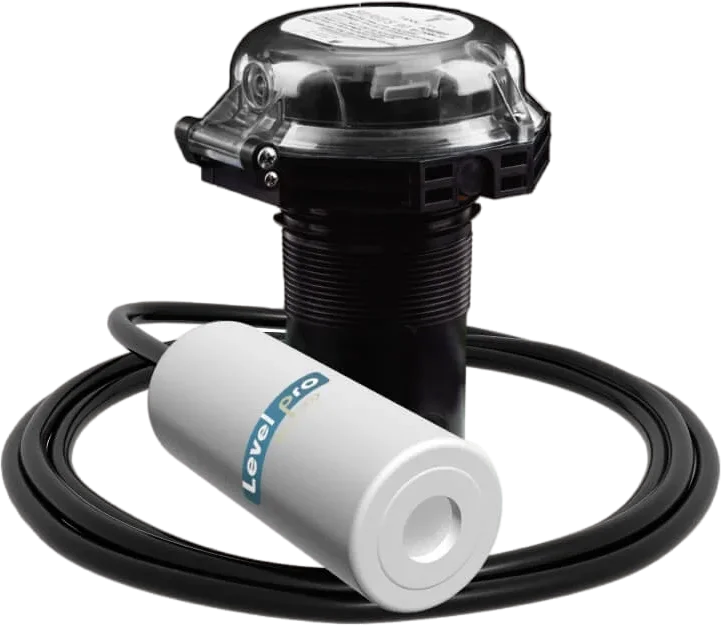What is Telemetry Tank Level Measurement?

Telemetry tank level measurement refers to the remote monitoring and measurement of the level of a liquid in a tank or container. This is typically done using sensors and transmitters that are installed on the tank and connected to a remote monitoring system, allowing the level of the liquid to be monitored and measured remotely.
There are several types of sensors and transmitters that can be used for telemetry tank level monitoring, including:
- Submersible: Pressure sensors measure the hydrostatic pressure exerted by the liquid in the tank, which is proportional to the height of the liquid above the sensor. The level of the liquid is then calculated based on the pressure measurement.
- Float sensors: Float sensors are buoyant devices that are attached to a float arm, which extends into the tank. As the level of the liquid in the tank rises or falls, the float moves up or down along the float arm, activating a switch or transmitter to send a signal indicating the level of the liquid.
- Ultrasonic sensors: Ultrasonic sensors use ultrasonic waves to measure the distance to the surface of the liquid in the tank. The level of the liquid is then calculated based on the time it takes for the ultrasonic waves to travel to the surface and back.
- Radar Level Sensors: A radar level sensor uses radio frequency (RF) or microwave technology to measure the level of a liquid or solid in a container. It works by emitting a beam of RF or microwave energy towards the surface of the material being measured and measuring the time it takes for the energy to be reflected back to the sensor. The level of the material is then calculated based on the time of flight of the energy between the sensor and the surface of the material.
Efficient bulk chemical delivery refers to the process of transporting and delivering large quantities of chemicals, such as acids, bases, and solvents, in a safe, timely, and cost-effective manner. This typically involves the use of specialized tanker trucks or railcars to transport the chemicals from the supplier to the customer. There are several factors that can impact the efficiency of bulk chemical delivery, including:
- Transportation mode: The type of transportation used to deliver the chemicals can have a significant impact on the efficiency of the delivery. For example, using tanker trucks may be more efficient for short-distance deliveries, while railcars may be more efficient for long-distance deliveries.
- Tanker size: The size of the tanker used to transport the chemicals can also impact the efficiency of the delivery. Larger tankers can carry more chemicals at once, reducing the number of trips needed to deliver the same amount of chemicals.
- Delivery frequency: The frequency of deliveries can also impact the efficiency of the process. For example, making larger, less frequent deliveries may be more efficient than making smaller, more frequent deliveries.
- Loading and unloading time: The time it takes to load and unload the chemicals at the supplier and customer locations can also impact the efficiency of the delivery. Using efficient loading and unloading equipment and procedures can help to reduce the time required for these tasks.
Overall, there are a variety of factors that can impact the efficiency of bulk chemical delivery, and it is important to carefully consider these factors when planning and executing chemical deliveries. By optimizing these factors, it is possible to improve the efficiency of the delivery process and reduce costs.
Telemetry tank level monitoring allows for the remote monitoring and measurement of liquid levels in tanks and containers, allowing for more efficient and accurate inventory management and process control. It is commonly used in industries such as oil and gas, water treatment, and chemical processing.
Learn more about telemetry tank level measurement
Please contact us to discuss your application


